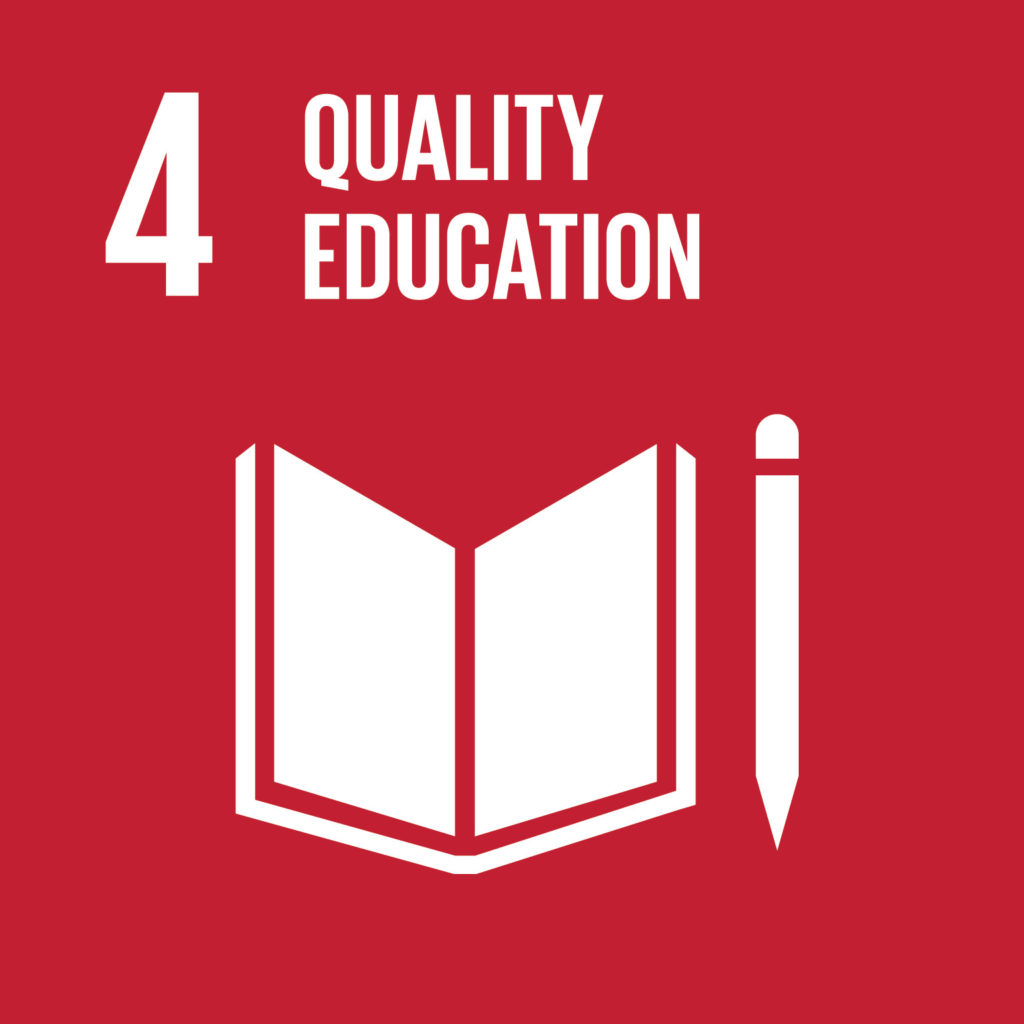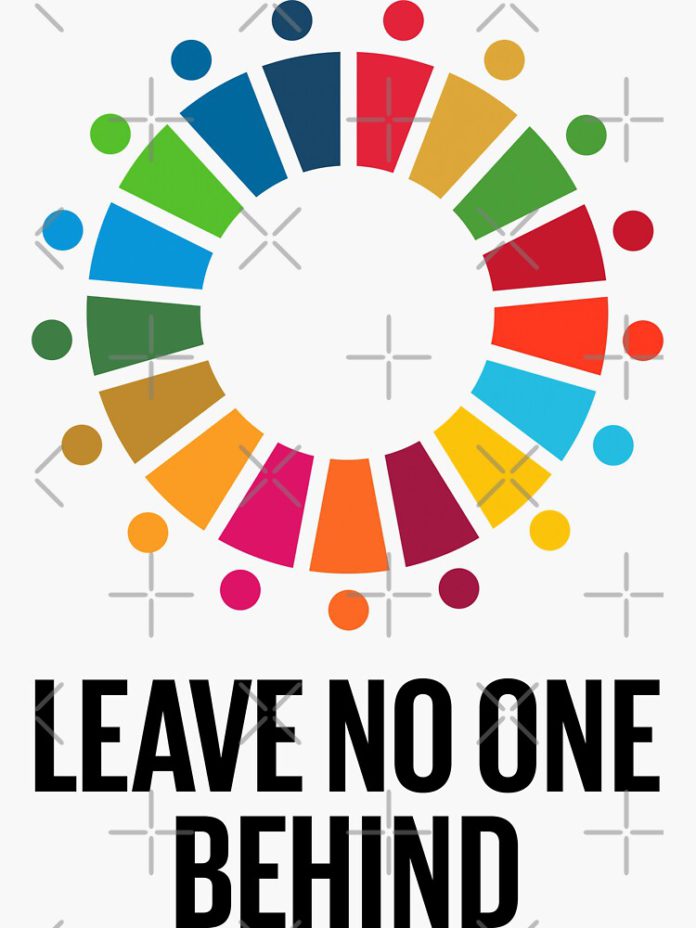In the countdown to 2030, the year set as the deadline for achieving the Sustainable Development Goals (SDGs), it is imperative to scrutinise the progress made towards the noble aspiration of “Leaving no one behind.”
This profound commitment, enshrined in the United Nations Agenda 2030, pledges to eradicate poverty, eliminate discrimination and exclusion, and reduce inequalities that persistently hinder the potential of individuals and societies.
However, in the context of Ghana’s education system, questions are being raised regarding its alignment with this overarching principle.
Thomas Musah, the General Secretary of the Ghana National Association of Teachers (GNAT), has expressed deep concerns about the state of education in Ghana.
He argues that despite the grand vision articulated in the SDGs, certain fundamental challenges persist, casting doubt on Ghana’s ability to genuinely “leave no one behind.”
One of the critical pillars of quality education is a conducive learning environment. Mr. Musah laments the lack of expansion in infrastructure development at basic schools in Ghana.
It is disheartening to see students struggling to learn in overcrowded and dilapidated classrooms, which not only hampers their education but also undermines the broader vision of inclusive and equitable quality education.

The delay in disbursing the capitation grant, meant to support the smooth running of foundation schools, has been a persistent issue.
These delays not only disrupt the educational process but also impact the most vulnerable children who depend on this financial assistance to access education.
Teachers are the backbone of any education system. Unfortunately, many educators in Ghana are facing poor working conditions and low motivation, which can directly affect the quality of education they provide.
Ensuring that teachers are well-equipped and motivated is essential to achieving SDG4.
It is disheartening that Ghana still has schools operating under trees, with students exposed to the elements.
This not only endangers the health and safety of the children but also symbolizes the persistent disparities in education.
The shortage of incentives for teachers posted to rural areas exacerbates the imbalance in access to quality education.
Students in remote regions should have the same opportunities as those in urban areas, but this is not the case when incentives are lacking.
Mr. Musah’s concerns are not unfounded. Education is the foundation upon which a prosperous and equitable society is built.
If we fail to address these issues, we risk perpetuating inequalities and stifling the potential of future generations.
He raised a poignant question: Can Ghana proudly claim to be “Leaving no one behind,” especially in the education sector, as envisioned in SDG4?
If Ghanaian children were able to voice their concerns, they might indeed take to the streets to demand better educational opportunities.
The future of Ghana depends on the quality of education provided today. We must not falter in our commitment to the SDGs and the principle of “leaving no one behind.”
In conclusion, while Ghana has made significant strides in education, there are undeniable challenges that demand attention and action.
The countdown to 2030 serves as a stark reminder that we must redouble our efforts to ensure that no child is left behind.
It is not only a moral imperative but also a pathway to a brighter and more prosperous future for Ghana and its citizens.
It is time to transform these challenges into opportunities for change and progress, ensuring that every child in Ghana has access to a quality education, and thereby fulfilling the promise of the SDGs.


